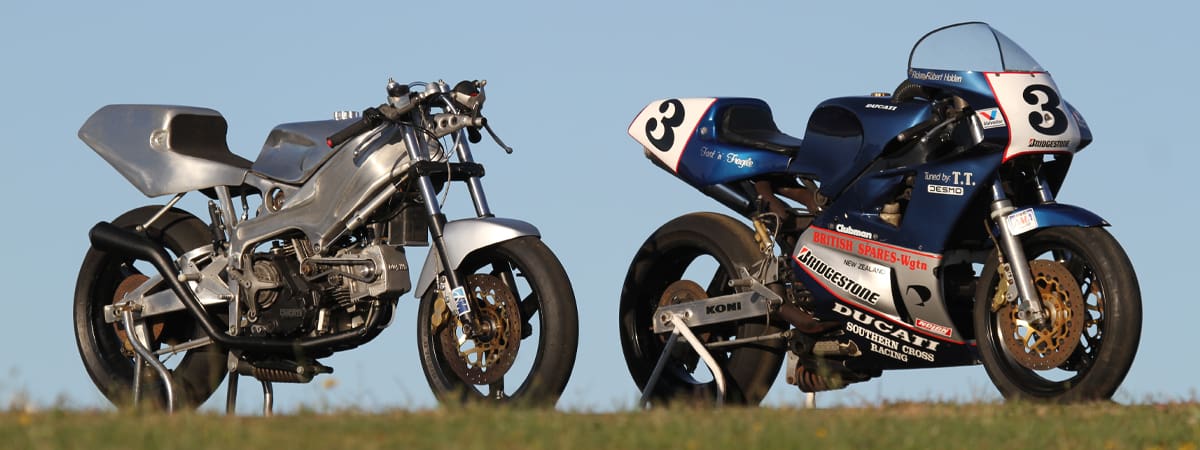Sir Eddy's Rocket was developed and ran a 270 crank with a 270/450 firing order. I ran the bike on the salt three different years, 2014, 2016 and 2018.
I never felt that the vibration was unbearable, in fact I feel that my street Atlas' and Commando have more vibration than the Rocket.
My father had many years of development and almost right out of the gate decided on a 270 crank to help support the inertia needed to spin and make power up to 10,500 RPM and not snap a crank.
This is a short stroke, long rod motor with a 73mm bore to make it 498cc.
We ended up with a balance factor of 55%, and went to a billet crank and reinforced cases knowing that both of these would be factors when pushing a pushrod motor to it's limits,
The comment was made about the sound, it is hard to put a finger on it, it is not a Ducati note, not Triumph and definitely not a Norton.
I fell in love with the project and lived it for 6 years after my father's passing to fulfill his dream. Still planning on going back one more time to push the record up again with my dad by my side.
I get emotional every time I listen to this video of the first time we fired the bike in Comstock's shop.
What does the group think it sounds like, enjoy!

